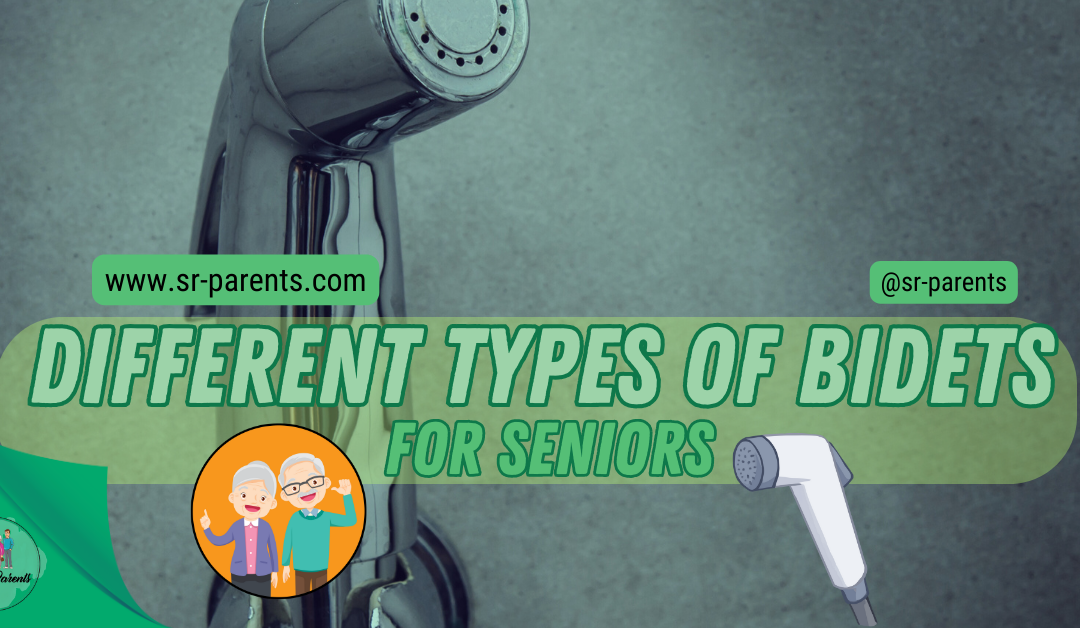In this guide, we’ll explore the different types of bidets for seniors, each designed to cater to the unique needs of older adults. Maintaining personal hygiene can become more challenging, but it remains a crucial aspect of our well-being and dignity. Enter the bidet—a fixture that has revolutionized bathroom routines for centuries, offering a level of cleanliness and comfort that traditional methods can’t match. For seniors, the right bidet can make all the difference, providing ease of use, enhancing independence, and promoting better hygiene. From basic attachments to high-tech models with heated seats and adjustable water pressure, discover how choosing the right bidet can significantly improve the quality of life for seniors. Dive in to find the perfect fit that blends convenience, safety, and comfort in every wash.
Contents
How to Compare and Choose Between Different Types of Bidets for Seniors: A Comprehensive Guide

Selecting the right bidet for seniors requires understanding the unique needs that come with aging. As mobility and dexterity may decline, a bidet’s ergonomic design and ease of use become paramount considerations. Seniors can benefit significantly from the hygiene, comfort, and independence that bidets offer, choosing the perfect model as an important aspect of their daily routine. It’s crucial to evaluate features such as adjustable water pressure, ease of installation, and maintenance and to ensure that the product complies with accessibility standards.
Considering the wide range of bidet types, from basic non-electric attachments to sophisticated seats with multiple features, finding the balance between budget and the desired comforts is key. Furthermore, proper research into product reviews and recommendations helps compare various models, ensuring that seniors are equipped with a bidet system that suits their needs and preferences.
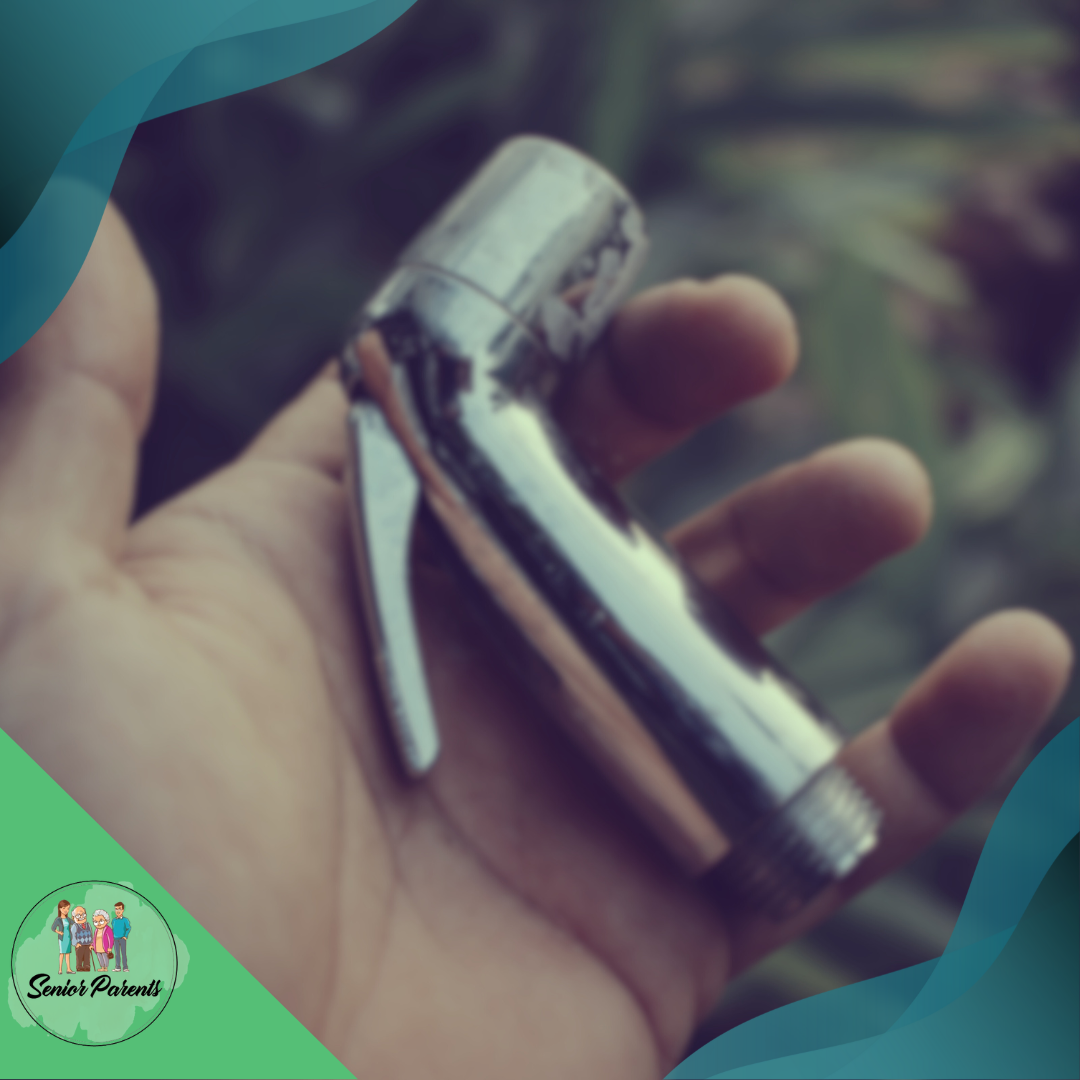
Key Takeaways
- When exploring bidet options for seniors, grasping the diversity available and their specific benefits is essential. A well-suited bidet can deliver a hygienic, revitalizing cleansing experience, enhancing comfort and ease of use.
- Selecting a bidet for seniors demands careful consideration of its comfort, functionality, and a range of features—from adjustable water pressure to safety enhancements.
- Evaluating various types of bidets for seniors necessitates focusing on ergonomics and comfort to ensure usability and minimize strain. Factors like seat height, nozzle position, and shape profoundly influence the user experience.
- When choosing a bidet for seniors, it’s important to factor in the different types available, ease of installation, and the maintenance requirements. Additionally, expert evaluations, customer feedback, and brand reputation should be weighed.
- When making decisions about bidets for seniors, it’s crucial to consider both the immediate financial impact and the long-term value. Prioritizing models that meet Americans with Disabilities Act (ADA) standards and cater to diverse disabilities is vital for ensuring accessibility and compliance.
Different Types of Bidets for Seniors: Understanding Bidets
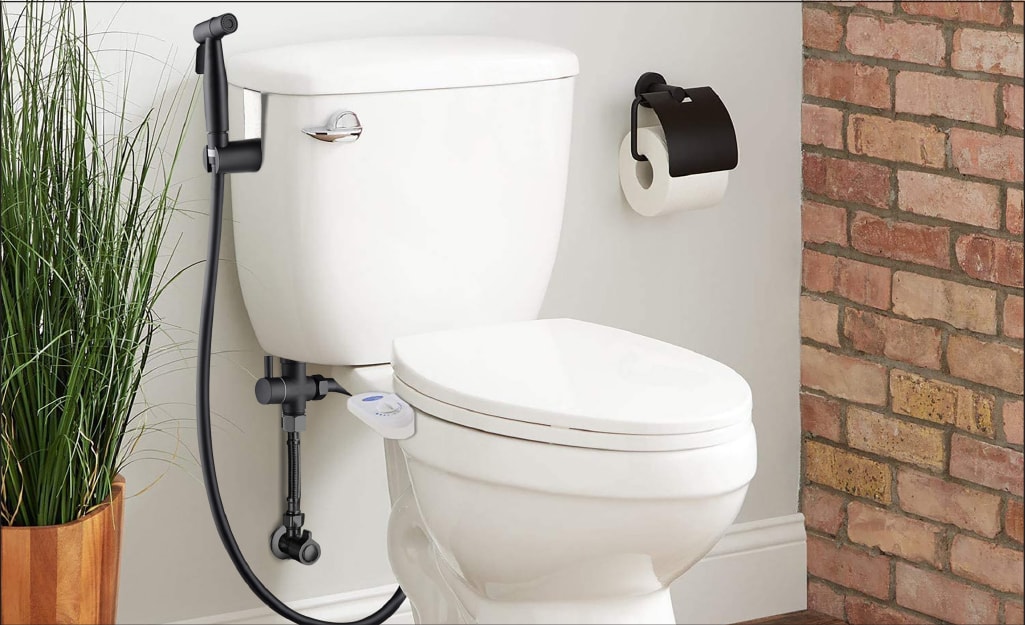
When considering bidet options for seniors, it’s essential to understand the different types available and their specific benefits. A suitable bidet can provide a hygienic, refreshing cleaning experience, enhancing comfort and ease of use.
Types of Bidets
Bidets come in multiple forms, each catering to various preferences and bathroom setups. When exploring the different types of bidets for seniors, it’s important to consider older adults‘ unique needs and comfort.
- Standalone Bidets: resemble a traditional toilet basin and require separate space in the bathroom.
- Built-in Bidets: These are integrated into the toilet, offering convenience and a seamless design.
- Handheld Bidets: Similar to showerheads, they provide manual water direction and pressure control.
Options like bidet attachments, which affix to existing toilets, offer a cost-effective solution, while portable bidets serve the need for travel convenience.
Benefits of Bidets for Seniors
For seniors, bidets offer numerous advantages. They are particularly beneficial for both men and women in terms of hygiene and can prevent the discomfort of using toilet paper. Many bidets feature adjustable settings such as water pressure and temperature, which can be gentle on sensitive skin—a common concern among the elderly. The use of bidets can also aid in fostering independence in seniors with limited mobility, as they reduce the need for physical wiping.

Did You Know?
Quality and durability can be assessed by examining the materials used, the warranty offered, and the manufacturer’s reputation. Durable materials like stainless steel for nozzles or high-quality plastics indicate a bidet is more likely to withstand frequent use.
Essential Features to Consider for Senior-Friendly Bidets
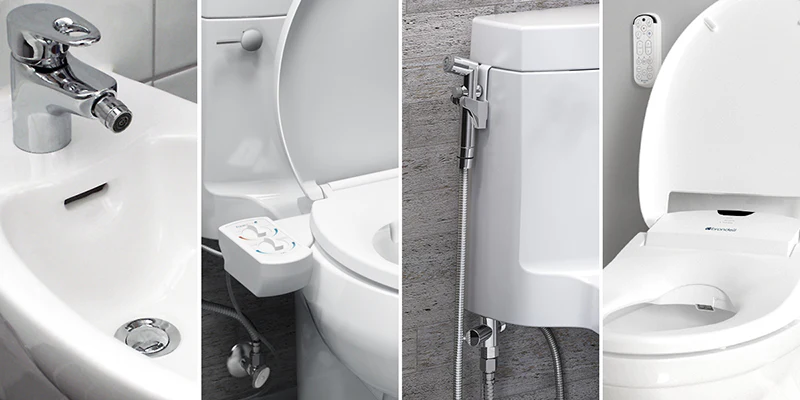
When selecting a bidet for seniors, it’s crucial to assess its comfort and functionality. Below are specific features of the different types of bidets for seniors that could greatly enhance the user experience and cater to the needs of older adults.
Adjustable Water Pressure
Adjustable water pressure is essential for bidets intended for seniors. High-pressure settings can be uncomfortable or harmful, while gentle pressure can provide a thorough clean without causing discomfort. The Luxe Bidet Neo 320 is an example that offers easy maneuverability in water pressure settings, making it suitable for seniors.
Temperature Control
Seniors might prefer a warm water option, especially in colder climates or due to sensitive skin. The temperature control feature allows users to personalize the warmth of the water, ensuring a comfortable experience. The Toto C100 is noted for its warm water option and heated seat, which is ideal for senior users.
Ease of Use
The best bidets for seniors incorporate simple controls, such as knobs or buttons that are easy to reach and operate. The Bio Bidet SlimEdge Simple Bidet is recommended for its straightforward installation and ease of use, making it a smart choice for older adults.
Safety Features
Safety is paramount for seniors; therefore, features like non-slip seats and automatic shutoff are important. Additionally, a bidet that includes an air dryer reduces the need to bend, which can help prevent falls. When exploring the different types of bidets for seniors, look for models with a wide seat and other safety features to ensure the well-being of the senior user.
Different Types of Bidets for Seniors: Ergonomics and Comfort
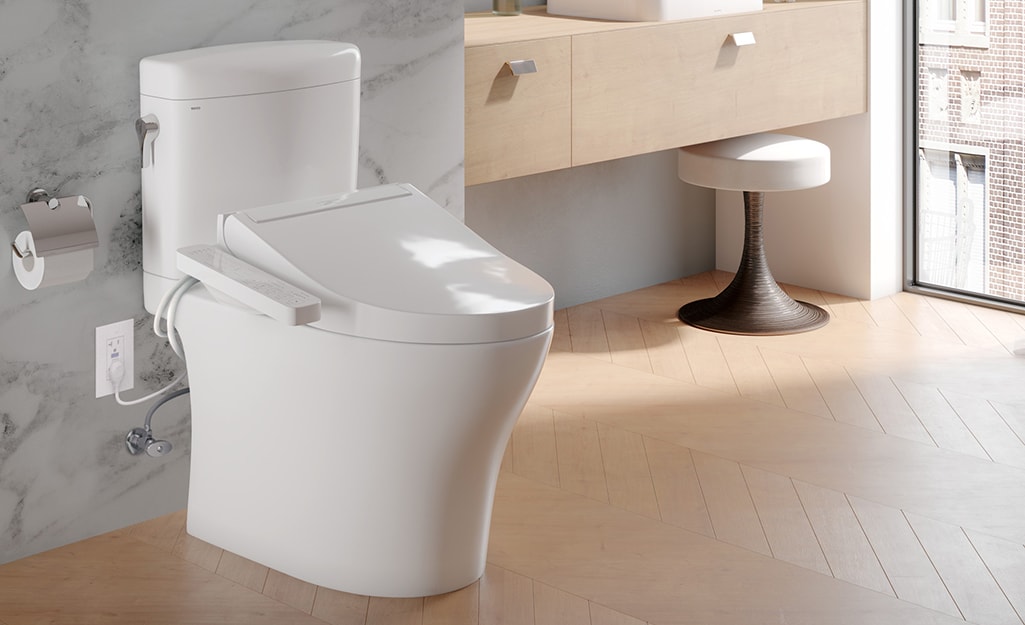
When evaluating the different types of bidets for seniors, it is crucial to consider ergonomics and comfort to ensure ease of use and reduce strain. Factors such as seat height, nozzle position, and seat shape and size play a pivotal role in the overall user experience.
Seat Height
A bidet’s seat height is vital for seniors, as it affects the ease with which they can sit down and rise. An ideal bidet seat height for most seniors is between 17 to 19 inches, aligning with ADA compliance. This height range helps in providing a balance between comfort and accessibility.
Nozzle Position
The position of the bidet nozzle affects the precision and effectiveness of cleaning. Nozzles should be adjustable to accommodate different body sizes and preferences. Some higher-end models offer nozzle positions that can be fine-tuned with remote controls for optimal reach without causing discomfort or requiring excessive movement.
Seat Shape and Size
Bidet seats come in various shapes and sizes, the most common round and elongated. The seat shape and size complement the existing toilet, making the sitting experience natural and comfortable. An elongated bidet seat typically provides more surface area and is considered by many to be more comfortable for extended use.
Installation and Maintenance of Bidets for Seniors
When selecting a bidet for seniors, one should consider the different types of bidets for seniors, the ease of installation, and the frequency and complexity of maintenance. These factors can significantly impact the long-term usability and enjoyment of the bidet.
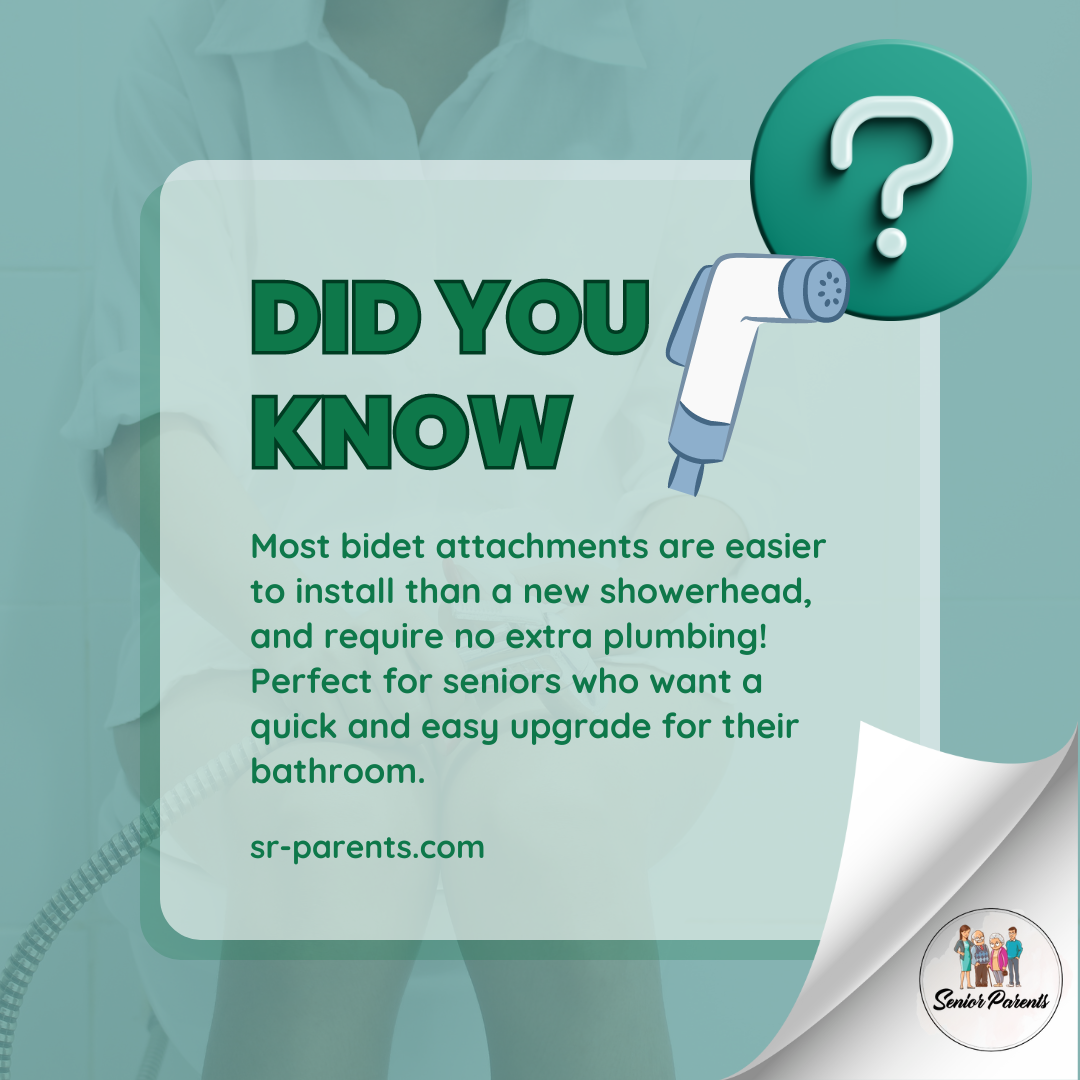
Professional vs. DIY Installation
For a standalone bidet, professional installation is often recommended due to the need for additional plumbing, such as two 3/8″ shutoff valves for both hot and cold water and a 1-1/4″ drain. Electrical logistics can be complicated as some models require an outlet for features like heated seats. However, simpler models like the Bio Bidet SlimEdge are designed for easy DIY installation with minimal tools.
Maintenance Requirements
Bidets typically require regular maintenance to ensure hygiene and functionality. For example, the Luxe Bidet Neo 120 necessitates routine cleaning of nozzles and dials. Maintenance tasks include descaling procedures for electric bidet seats like the TOTO S7A Washlet featured in Good Housekeeping. Generally, non-electric bidets have fewer maintenance requirements compared to electric models.
Different Types of Bidets for Seniors: Product Reviews and Recommendations
When assessing bidets for seniors, it’s crucial to consider expert evaluations, customer feedback, and the brand’s reputation to make an informed decision that ensures comfort, safety, and ease of use.
Expert Reviews
Professionals in the field have tested various bidet models and offer insights into the most suitable options for seniors.
Customer Feedback
Customer reviews often provide real-world insights into how bidets perform daily for seniors. Reading through feedback from senior users or their caregivers can reveal how easy a bidet is to use for those with limited mobility or other age-related challenges.
Brand Reputation
A brand’s reputation can speak volumes about the quality and longevity of its products. Well-established brands with a history of positive engagement and support for senior customers can be a more trustworthy choice. A brand’s commitment to customer service is especially important for seniors who may require assistance with their bidet.
Budget and Cost Considerations
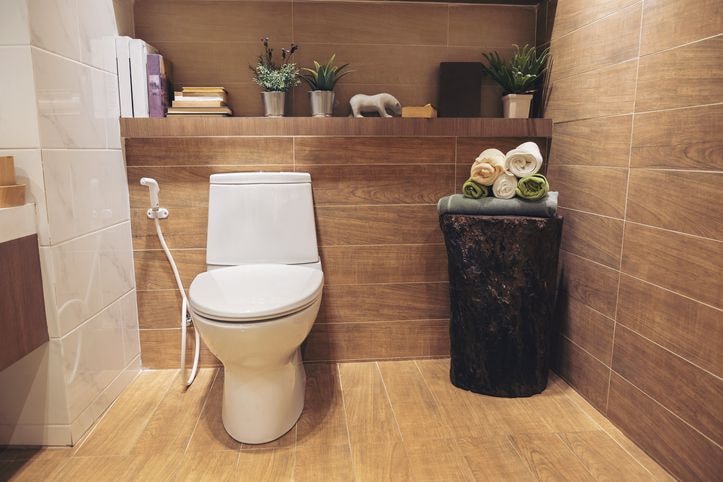
When choosing different types of bidets for seniors, it is essential to consider both the immediate financial impact and the long-term value. These factors can significantly influence the decision-making process.
Initial Cost
Bidets range from basic models to high-end seats with various features. Basic bidet attachments can start at as low as $35, such as the Bio Bidet by Bemis Toilet Attachment, which offers essentials without electricity.
Mid-range models typically cost between $200 and $600, providing additional comforts such as heated seats. For seniors seeking premium amenities like auto open/close, night lights, and advanced cleansing options, costs can go up to $1,000 or more for models like the TOTO S7A Washlet.
Long-Term Value
Consider durability, warranty, and expected savings on toilet paper when assessing long-term value. An investment in models like the Coway Bidetmega 400 Electronic Bidet Seat found on sites like Amazon may offer an extended manufacturer’s warranty and features contributing to a hygienic bathroom experience over the years. Over time, even a higher initial investment can lead to cost savings due to reduced need for toilet paper and potential health benefits by maintaining better personal hygiene.
Ensuring Accessibility and Compliance for Seniors’ Bidets
When selecting bidets for seniors, it is vital to prioritize models that meet Americans with Disabilities Act (ADA) standards and are designed to accommodate various disabilities. These two factors are critical to ensure safety, ease of use, and independence in personal hygiene.
ADA Compliance
ADA-compliant Bidets typically feature a range of design elements aimed at helping seniors with reduced mobility. The height and space around the bidet must allow for easy transfer from a wheelchair. Additionally, ADA-compliant bidets often include adjustable features such as seat temperature and water pressure that individuals with limited hand dexterity can easily operate.
Ease of Access for Disabilities
The ease of access for disabilities is another essential consideration. For seniors with visual impairments, look for bidets with tactile buttons or voice commands. Models with remote controls or simple touch panels can greatly benefit users with mobility or coordination issues. Furthermore, consider a bidet with a sensor that automatically raises or lowers the seat to minimize physical strain.
Different Types of Bidets for Seniors: Making the Decision
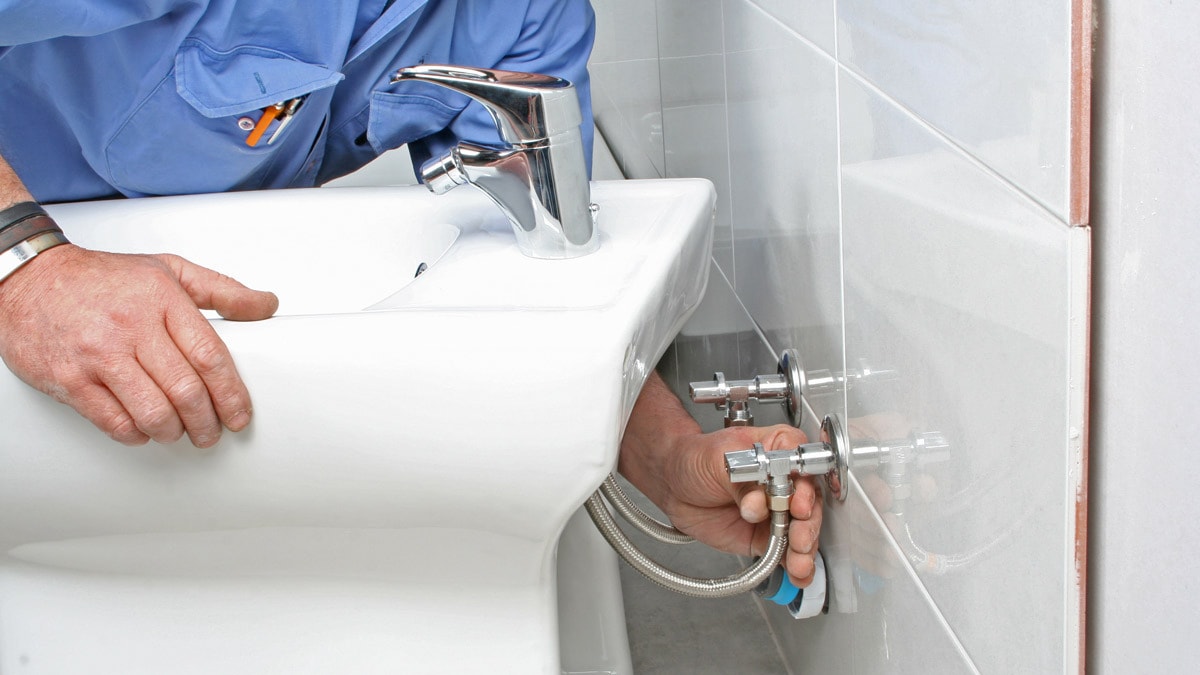
When choosing a bidet for seniors, weighing options based on functionality, comfort, and ease of use is essential. Understanding each type’s pros and cons ensures a suitable choice.
Comparing Options
- Standalone Bidets: They require separate space and may have higher costs, yet offer versatility in placement and style. They are not attached to a toilet, providing a distinct cleansing experience.
- Toilet Seat Attachments: These are cost-effective and simple to install. Models like the Bio Bidet SlimEdge are noteworthy for their budget-friendliness and easy-to-use controls.
- Handheld Bidets: Offering precise control, handheld bidets can be a hygienic choice but may pose a handling challenge for seniors with limited dexterity.
- Features: Important considerations include adjusting water pressure and temperature, simple controls, and choosing between a single or dual nozzle system.
Pricing
- Basic, no-frill bidets are usually in the $20 – $40 range.
- With more features, mid-tier models can cost between $50 – $300.
- High-end, Japanese-grade bidets often start at $500.
Final Checklist
- Seat: Opt for a wide seat design for additional comfort.
- Controls: Choose bidets with simple, knob-style controls or remote controls with clear labeling.
- Pressure Adjustments: Ability to adjust water pressure to suit comfort levels and needs.
- Temperature Control: Decide if warm water capability is important, as some models only connect to cold water.
- Installation: Verify the ease of installation—does it require professional assistance, or is it a DIY-friendly design?
Using this structured approach, one can confidently select the most appropriate bidet for seniors’ convenience, sanitation, and comfort.
Here’s an additional video on bidets:
By: Your Friendly Proctologist
Enhancing Senior Comfort and Independence: Choosing the Right Bidet
Choosing the right bidet for seniors involves more than just picking a model from a catalog—it’s about finding a solution that enhances comfort, independence, and hygiene in their daily routines. In this guide, we’ve explored different types of bidets for seniors, from basic attachments to advanced models with features like heated seats and adjustable water pressure. Each type offers distinct advantages and considerations tailored to older adults’ unique needs.
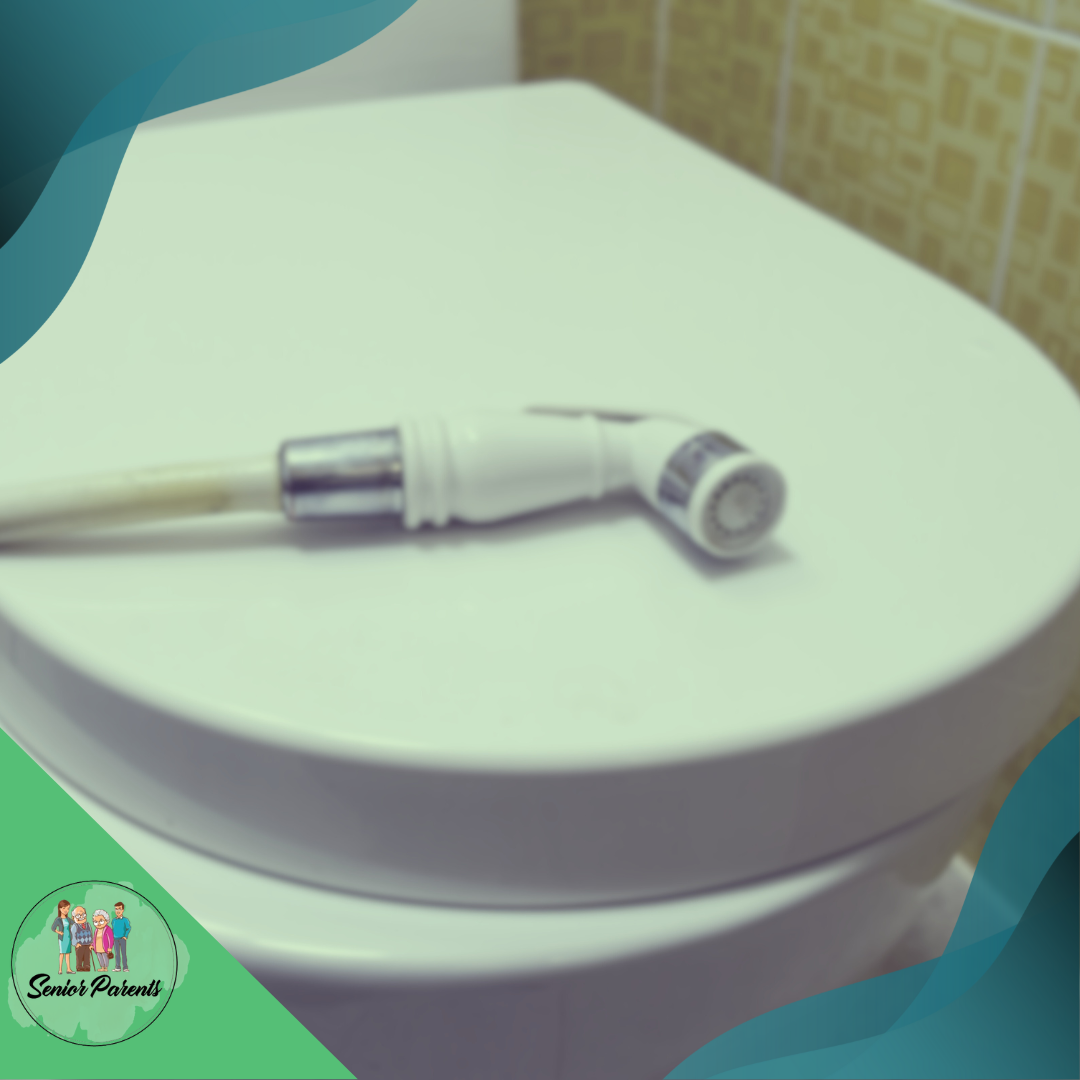
By evaluating ergonomics, ease of use, safety features, and cost, you can make an informed decision that best supports a senior’s comfort and independence. Whether you’re looking for a budget-friendly option or a high-tech upgrade, understanding the range of available bidets will help you find a product that offers immediate satisfaction and long-term value.
Ultimately, the right bidet can transform personal hygiene from a daily chore into a simple, dignified experience. With the insights from this guide, you’re now equipped to choose the perfect bidet that blends convenience, safety, and comfort for seniors. Embrace the opportunity to enhance their quality of life with a thoughtful, well-researched bidet solution.
Frequently Asked Questions
What Are the Safety Features to Look for in a Bidet for Elderly Users?
Safety features for elderly users should include non-slip seats, easy-to-reach controls, and gentle water pressure. Features such as temperature control can prevent scalding, and some bidets offer raised lever controls that are easier for those with arthritis.
How Do Electric and Non-electric Bidet Seats Compare for Senior Needs?
Electric bidet seats often provide additional comforts, such as heated seats and warm water, but require a nearby electrical outlet. In contrast, non-electric bidet attachments are simpler and do not require electricity, making installation easier and usage more straightforward for seniors, as highlighted by Graying With Grace’s recommendations.
What Factors Should Be Considered When Choosing a Bidet for an Elderly Person With Limited Mobility?
For those with limited mobility, ease of installation, user-friendliness, and minimal physical effort to operate are important factors. A bidet should have accessible controls and an intuitive design; some models even include remote control operation to accommodate those who cannot easily reach the controls.
Stay Connected with Senior Parents!
Ready to embark on a journey of wisdom and care? Follow us on our social media channels and stay updated with heartwarming stories, expert advice, and valuable insights for senior caregiving!
? Website: Explore sr-parents.com for in-depth articles and resources about senior care, health, and well-being.
? Pinterest: Discover a wealth of caregiving ideas, home hacks, and senior-friendly activities at pinterest.com/seniorparents.
? Facebook: Join our supportive community at facebook.com/sr.parents. Engage with fellow caregivers, share experiences, and find inspiration.
? Twitter: Connect with us at twitter.com/senior_parents for real-time updates, news, and trending topics related to senior care.
? Instagram: Follow us on instagram.com/seniorparents for uplifting moments, caregiving tips, and a glimpse into the lives of seniors and their families.
Stay informed, inspired, and supported with our latest articles and heartwarming stories about senior care. Join our caregiving community and be part of a network dedicated to providing the best for our beloved seniors. Follow us now and let’s start this rewarding journey together!

